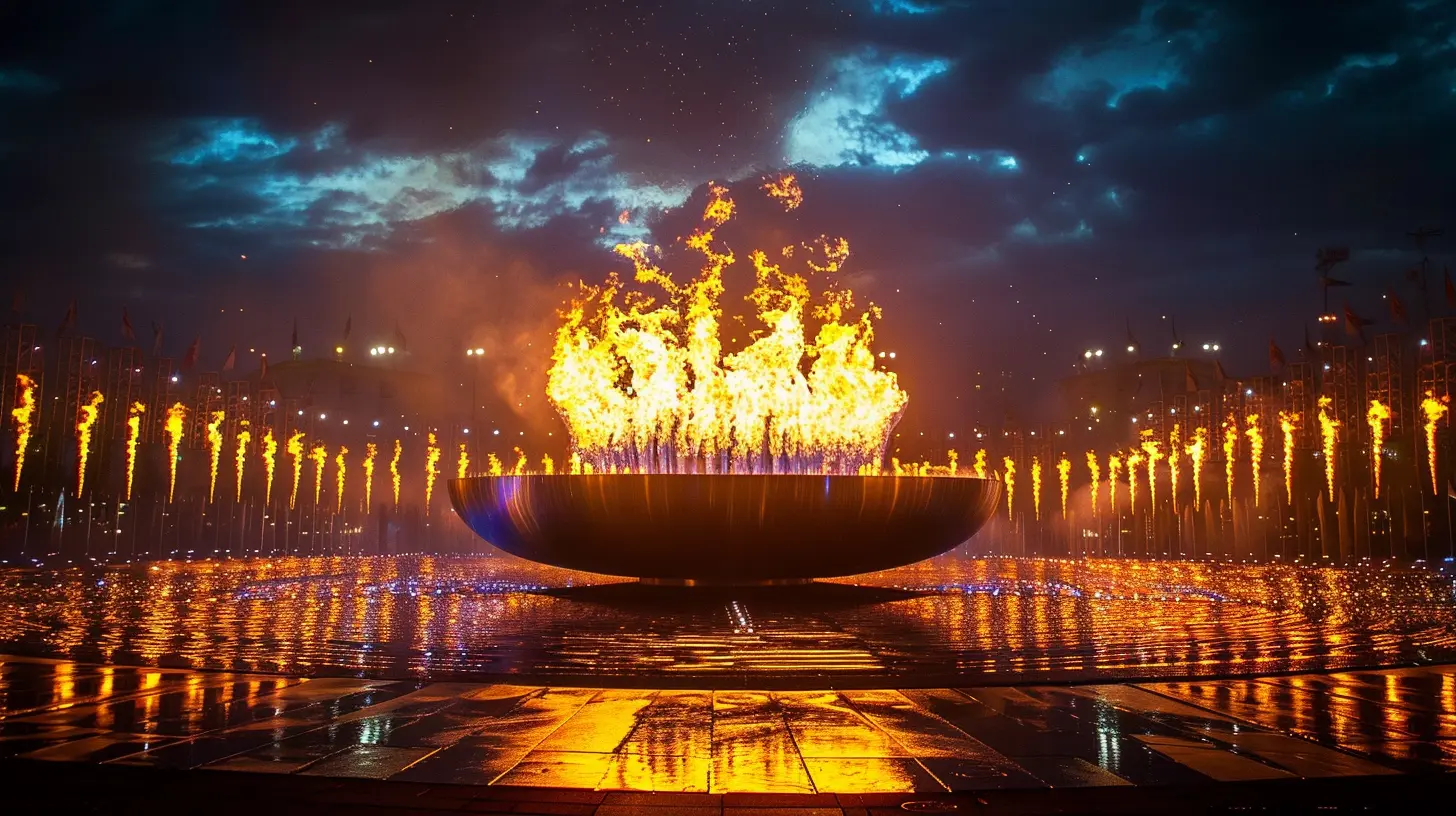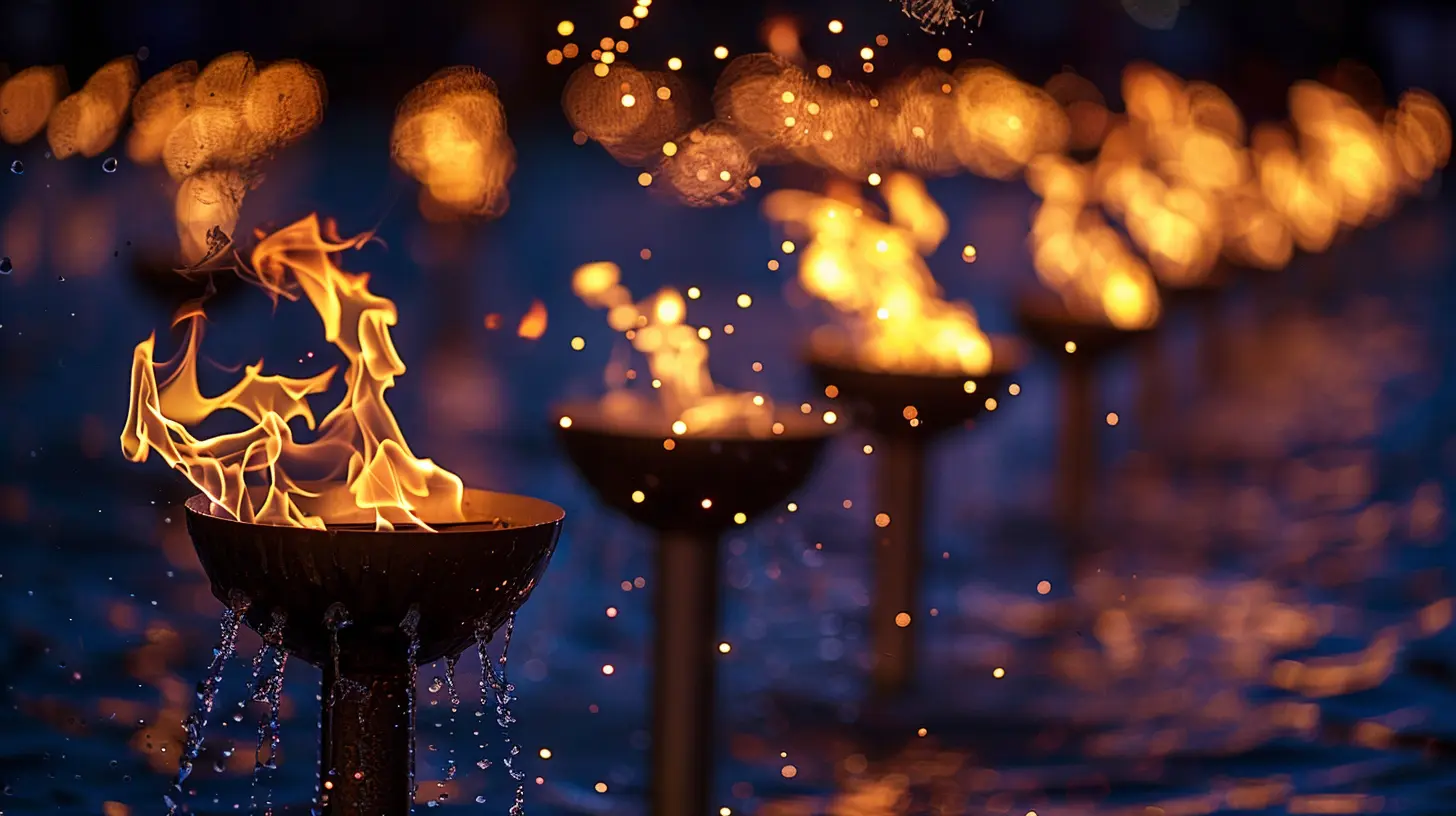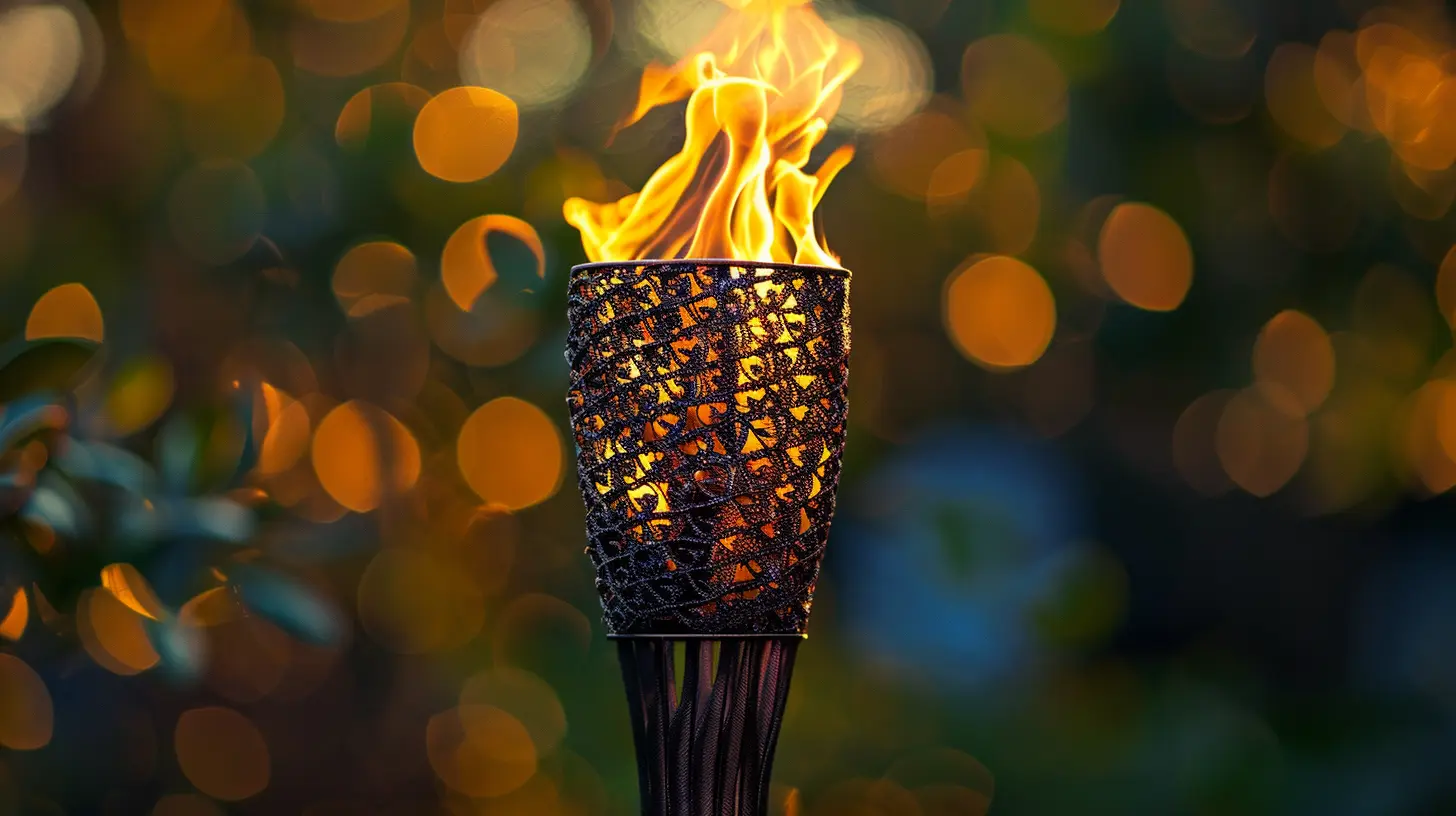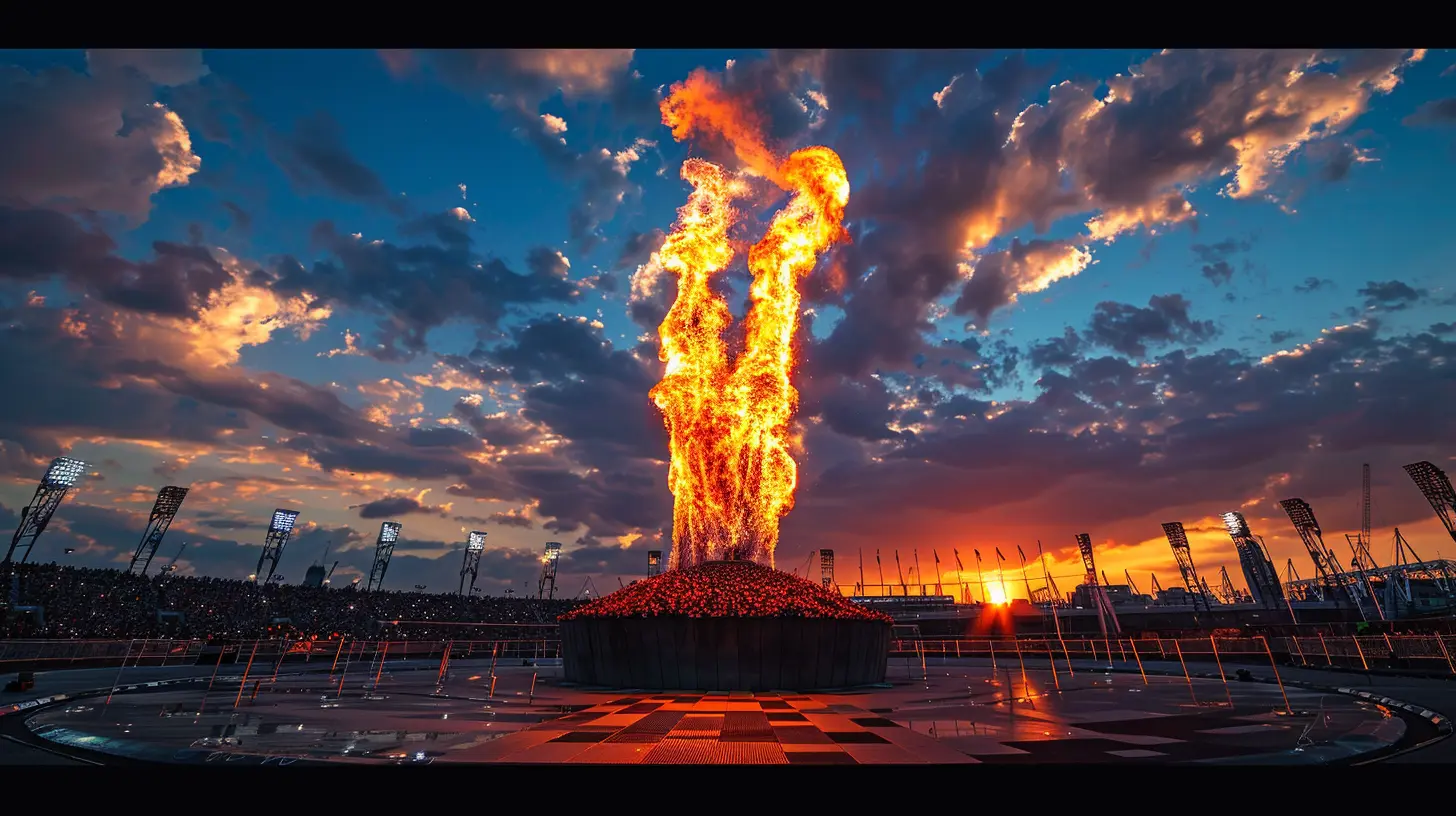The Cultural Significance of the Olympic Flame
21 October 2025
When we talk about symbols that transcend time, borders, and language, the Olympic Flame stands out like a beacon. It isn't just a torch passed from runner to runner. It’s a story, a ritual, a promise, and a powerful reminder of human connection. From blazing through ancient Greece to lighting up modern stadiums, the Olympic Flame carries more than just fire—it carries meaning.
So, let’s dive deep into what makes this symbol so culturally significant, and why millions around the globe pause to watch it flicker to life every few years.
The Roots: Where It All Began
Alright, picture this—ancient Olympia, Greece, around 776 BCE. The Olympic Games back then were more than just sports; they were a tribute to the gods, especially Zeus. As part of these sacred festivities, a flame was lit at the altar of Hera, Zeus's wife, using a skaphia (basically, an ancient mirror designed to harness the sun’s rays). No lighters, no matches—just pure sun power.This flame wasn’t about aesthetics. It stood for purity, the pursuit of perfection, and the connection between mortals and their divine protectors. It was a reminder that the games weren’t only about winning but also about honor and respect. Pretty deep, right?
Fast Forward: The Modern Revival
Jump ahead to 1896 when the modern Olympic Games kicked off in Athens—flame not included. Surprising, huh? The flame didn’t actually make its comeback until the 1928 Amsterdam Olympics. Then in 1936, Berlin took it a step further by introducing the now-famous torch relay.Why the relay? Because it symbolized a continuous link from the ancient Olympic spirit to our contemporary world. It's like a handshake across millennia, saying, “Hey, we still believe in unity, peace, and pushing human limits.”
The Torch Relay: More Than Just a Run
You might think, “Okay, it’s just people running with a torch.” But there’s so much more going on here.Each torch relay is carefully choreographed to carry cultural, political, and social messages. The route often includes significant landmarks and historical sites. Sometimes, the torch even travels across oceans, up mountains, and through space (no joke—it flew aboard the Space Shuttle Atlantis in 1996!).
The torchbearers? They're not just athletes. They're everyday heroes, activists, refugees, and community leaders. Each step of the journey whispers stories of hope, resilience, and dreams deferred but not forgotten.
A Universal Language of Unity
Here’s something cool—when that flame lights up, politics takes a backseat. Countries that may be at odds in boardrooms come together on the field. There’s something magical about how the Olympics, through the symbol of the flame, can momentarily turn the world into one giant cheering section.Think of it as a gigantic campfire where the entire planet gathers around. For a few weeks, we forget what divides us and remember what binds us—dreams, effort, passion, and that never-quiet spark inside all of us.
A Reflection of Global Identity
Let’s talk about customization. Every Olympic host puts its own cultural twist on the torch and its journey. From the sleek design of the Japanese torch in Tokyo 2020 to the snowy relays in Sochi 2014, the flame becomes a canvas to showcase national pride and creativity.It’s not just pageantry. It’s storytelling. The flame becomes a moving monument to the host country’s values, hopes, and heritage. It invites the world to see not just a place, but a people.
When Things Don’t Go as Planned
Of course, the flame isn’t immune to controversy. There have been protests during torch relays, security threats, and even moments when the flame was extinguished (don’t worry—they always have a backup flame lit from the original source in Olympia).These hiccups, rather than diminishing the flame’s importance, highlight its relevance. The flame is powerful because it means something—it’s not just a fancy light show. It’s a symbol, and like all meaningful symbols, it sometimes becomes a focal point for deeper conversations.
The Symbolism Runs Deep
Let’s break it down. What does the Olympic Flame actually stand for?- Hope – A light in dark times. The flame burns even when the world feels divided or uncertain.
- Peace – Wars have been paused for the games. The Olympic Truce, rooted in ancient tradition, asks for a ceasefire so nations can compete not with violence but talent.
- Endurance – The long journey of the torch mirrors the human spirit’s ability to endure and overcome.
- Unity – Different lands, languages, and legacies—all linked by fire.
Isn’t it amazing how one flame can say so much?
A Living Tradition
Here's the thing: the Olympic Flame isn’t just about the past. It’s alive. Every four years—or two, if you count both Summer and Winter Games—it gets reborn, reignited, and reimagined.Kids watch it wide-eyed. Elders see it and remember games past. Athletes see it and feel nerves, purpose, and pride. And people who aren’t even into sports? They still watch the lighting ceremony because it stirs something deep—even if they can’t quite name it.
Olympic Flame Moments That Gave Us Goosebumps
Can we talk about some unforgettable moments?- Barcelona 1992 – An archer shot a flaming arrow to light the cauldron. Bold, dramatic, and nerve-racking.
- Sydney 2000 – Cathy Freeman, an Indigenous Australian, lit the flame—a powerful image of reconciliation and pride.
- London 2012 – Seven young athletes lit petals that rose and united into one giant cauldron. A literal and symbolic passing of the torch to the next generation.
These aren’t just show-stoppers. They’re soul-touching moments that remind us of the flame’s emotional weight.
The Flame in Pop Culture
The Olympic Flame has left its mark far beyond the games. It pops up in books, movies, art, and ads. Whether it’s used to show strength, continuity, or transformation, the flame’s presence always suggests something epic is about to happen.Think about that. A simple flame has become shorthand for so many big, complex ideas.
Why the Flame Still Matters Today
You might wonder—with all the digital razzle-dazzle around us, why do we still care about an old-school torch?Because at the end of the day, we’re still wired for stories and symbols. The Olympic Flame gives us a shared narrative—a hope that in a world of chaos, we can still gather for something meaningful.
It’s a reminder that despite all our differences, we’re part of the same human race, pushing boundaries, chasing dreams, and, yeah, occasionally tripping over hurdles but getting back up.
Wrapping It All Up
To some, the Olympic Flame is just another tradition. To others, it’s almost sacred. But to everyone watching—whether in the stands, on a couch, or on a mobile screen—it’s a reminder of potential: the potential within each of us and the collective power of coming together.So, next time the Olympic Flame is lit, take a second and really watch it. There’s more than fire dancing in that torch. There’s history. There’s hope. And there’s heart.
all images in this post were generated using AI tools
Category:
OlympicsAuthor:

Easton Simmons
Discussion
rate this article
1 comments
Jackson Wilson
The Olympic Flame embodies unity, resilience, and global harmony, transcending mere competition. Its journey symbolizes peace and shared values, reminding us of the power of sport to bring diverse cultures together in celebration and hope.
October 29, 2025 at 5:10 AM

Easton Simmons
Thank you for your insightful comment! The Olympic Flame indeed represents more than just competition; it serves as a powerful symbol of unity and hope, highlighting the role of sport in bridging cultural divides.


